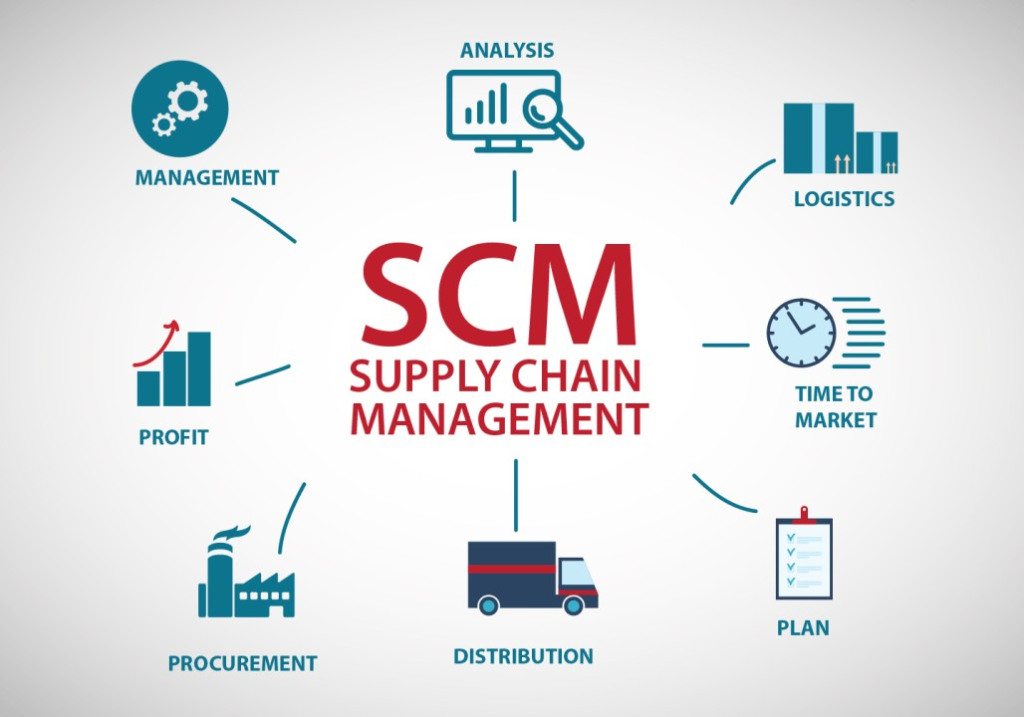
Effective supply chain management is crucial for ensuring smooth operations and maximizing efficiency in any industry. Here are 10 best practices to consider:
-
Clear Communication and Collaboration:
- Foster open communication and collaboration between all supply chain partners, including suppliers, manufacturers, distributors, and retailers. Clear communication reduces misunderstandings, improves responsiveness, and enhances overall supply chain visibility.
-
Demand Forecasting and Planning:
- Use historical data, market trends, and customer insights to forecast demand accurately. Effective demand planning helps in optimizing inventory levels, reducing stockouts, and minimizing excess inventory costs.
-
Supplier Relationship Management:
- Cultivate strong relationships with suppliers based on trust, transparency, and mutual benefit. Regularly evaluate supplier performance, negotiate favorable terms, and collaborate on cost-saving initiatives to ensure a reliable and efficient supply chain.
-
Inventory Optimization:
- Implement inventory management techniques, such as just-in-time (JIT) inventory, ABC analysis, and safety stock planning, to optimize inventory levels. This minimizes carrying costs while ensuring products are available when needed.
-
Use of Technology and Automation:
- Adopt supply chain management software and advanced technologies, such as RFID, IoT, and AI-driven analytics, to enhance visibility, track shipments in real-time, and automate routine tasks. Technology integration improves decision-making and operational efficiency.
-
Risk Management and Resilience:
- Identify potential risks within the supply chain, such as natural disasters, geopolitical instability, or supplier disruptions. Develop contingency plans, diversify suppliers, and maintain buffer stocks to mitigate risks and ensure business continuity.
-
Continuous Improvement and Lean Principles:
- Embrace continuous improvement methodologies, such as Lean and Six Sigma, to streamline processes, eliminate waste, and optimize supply chain workflows. Regularly review performance metrics and seek opportunities for operational enhancements.
-
Sustainability and Ethical Practices:
- Integrate sustainability principles into supply chain operations by sourcing responsibly, reducing carbon footprints, and promoting ethical labor practices. Align supply chain practices with corporate social responsibility (CSR) goals to enhance brand reputation and meet regulatory requirements.
-
Performance Measurement and KPIs:
- Define key performance indicators (KPIs) to monitor supply chain performance effectively. Track metrics such as on-time delivery, lead times, inventory turnover, and supplier quality to identify areas for improvement and drive strategic decision-making.
-
Training and Development:
- Invest in training programs to develop supply chain talent and enhance skills among employees. Continuous learning ensures teams are equipped to adapt to industry changes, technological advancements, and evolving customer demands.
By implementing these best practices, organizations can build a resilient and efficient supply chain that supports business growth, enhances customer satisfaction, and maintains a competitive edge in the marketplace.




